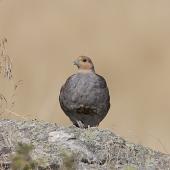
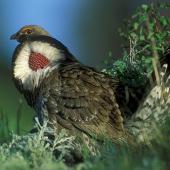
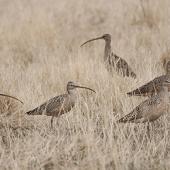
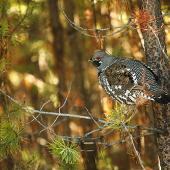
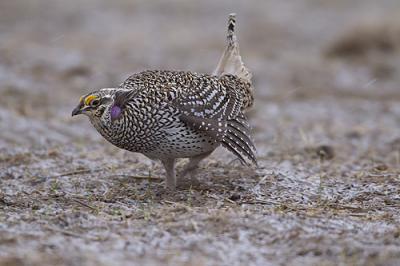
Autumn is the archetypal season of transformation. Emerging from the heat of summer, it subtly draws our attention as the accumulation of cool evenings and brilliant days of low-angle light become something we can no longer ignore. Things are moving now, shaken loose by winter’s rapid approach. All manner of critters are out packing on calories while the getting’s good. It is about this time when upland game birds like grouse and pheasant become especially noticeable on the landscape. The field birds are an essential part of the mountain ecosystem that supports all Montana wildlife.
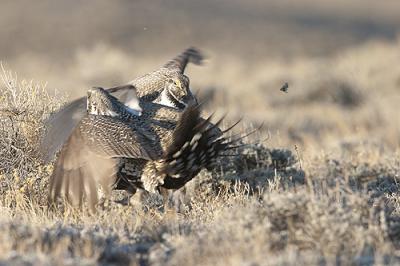
Often ungraciously described in field guides as “large, chicken-like birds”, they tend to be heavy-bodied ground feeders, incapable of vigorous, sustained flight. Montana is blessed with several species including the Wild Turkey, six types of grouse, the Hungarian Partridge and others. Probably the most common and abundant in this taxonomic group is the striking Ring-Necked Pheasant.

Introduced to the mass of Montana wildlife in the early 20th century, pheasants are often found in areas where native prairie and cropland intermingle. The males are unmistakable, gaudy even, with their scarlet face patch, white collar, and complex iridescent plumage. Females are a much more subdued, mottled brown pattern. Pheasants, which can weigh upwards of three pounds, will resist flying if possible. They are large animals whose food base of insects, grain seed and berries is almost entirely terrestrial. While a poor flyer, a pheasant is a fantastic runner. If a predator is spotted at a distance (such as your car rapidly approaching), the bird will often scuttle away at an impressive rate of speed. Unfortunately, many pheasants unwillingly end up as hood ornaments because of this tactic!
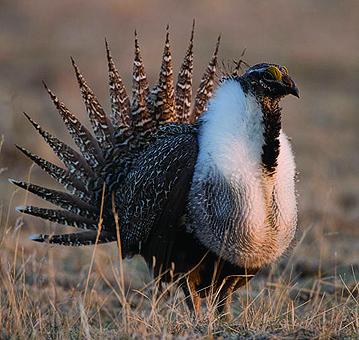
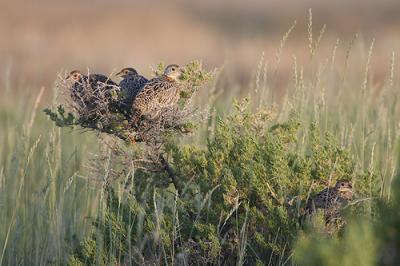
Unlike Ringed-Necks, grouse species found in the Montana are entirely native. On the plains, Greater Sage Grouse and Sharp Tailed Grouse habitats overlap, the Sage Grouse requiring extensive areas of Artemisia (sagebrush) to survive. This is by far our largest grouse weighing in at four to seven pounds. Because of declining habitat, the future of this creature is uncertain. Along with the Sharp Tail, it is listed as a Species of Concern by the State of Montana. Alas, many grassland-dependent birds are not faring well because of habitat loss over time. Male Sage Grouse are well known for elaborate mating displays, which some Native American dances ceremonially mimic.
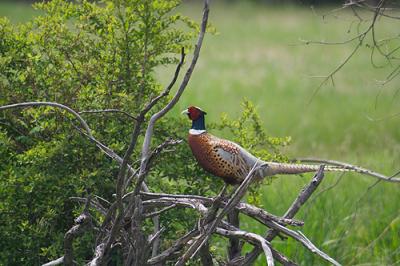
Gaining elevation, we arrive in the realm of the mountain grouses: the large slate-colored Sooty Grouse in the foothills, the mottled, fan-tailed Ruffed of the montane forest zone, Franklin’s Grouse in the subalpine and finally, the relatively rare White-Tailed Ptarmigan. This bird is strictly a creature of alpine-arctic habitats, mostly confined to high tundra along the northern Continental Divide. Each of the mountain birds have similar life histories, feeding on a mix of insects and plant foods and living quiet lives on the ground. Part of what draws us to grouse is their adorable habit of freezing in place when they see us. In plain view the birds seem to be thinking, “If I don’t move, I will not be seen.” It is a ploy that often works...except when done completely out of context, such as along a forest road where they often stick out like a sore thumb. Presumably, this is why some species were dubbed, “Fool Hens” by early settlers. Anyone who has blindly stumbled upon a grouse in the woods knows they can explode into a furious burst of panicked flight. These moments can be terrifying, especially in grizzly country.
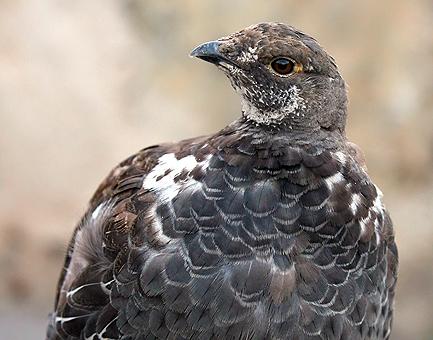
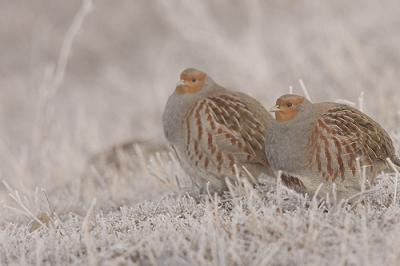
The beauty of game birds is not the only reason humans seek them out. My first hunting experience involved chasing Ruffed Grouse through the forest. I was younger then and unsure of many things except for the fact that I wanted to engage with the landscape as an active participant. I remember lifting that first-ever killed bird from the forest floor and thinking how lovely it still was. Given my clumsiness as a hunter, I felt unworthy of the gift but accepted it with much gratitude. Walking out, I rounded a bend and another grouse exploded into flight, leaving me breathless and shaken but moved by the instant of mortal contrast.
Game birds can be found in nearly all habitats, amongst the Montana wildlife, from prairie to mountaintop. Spend some time looking and you are certain to notice them on your travels.
--
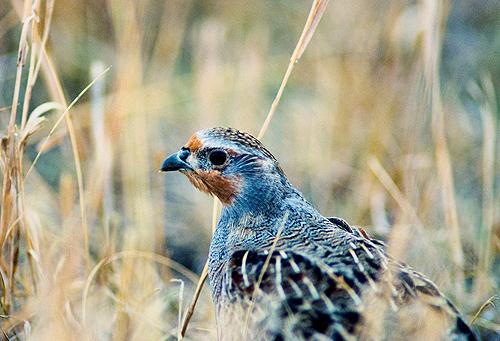
Photos
1. Hungarian Partridge
2. Gray Partridge
3. Pheasant
4. Young Pheasants
5. Ruffled Grouse
6. Sage Grouse
7. Sharp-Tailed Grouse
8. Spruce Grouse
9. Blue Grouse
10. Curlews
11. Dusky Grouse
12. Gray Partridge
15. Larcom


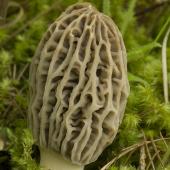
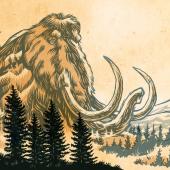
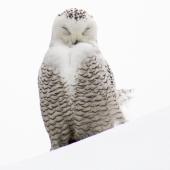
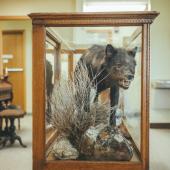
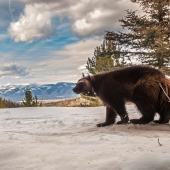

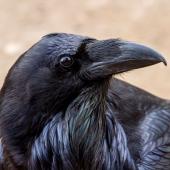

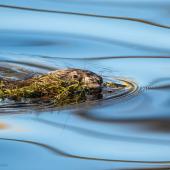
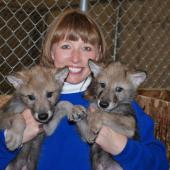
Leave a Comment Here